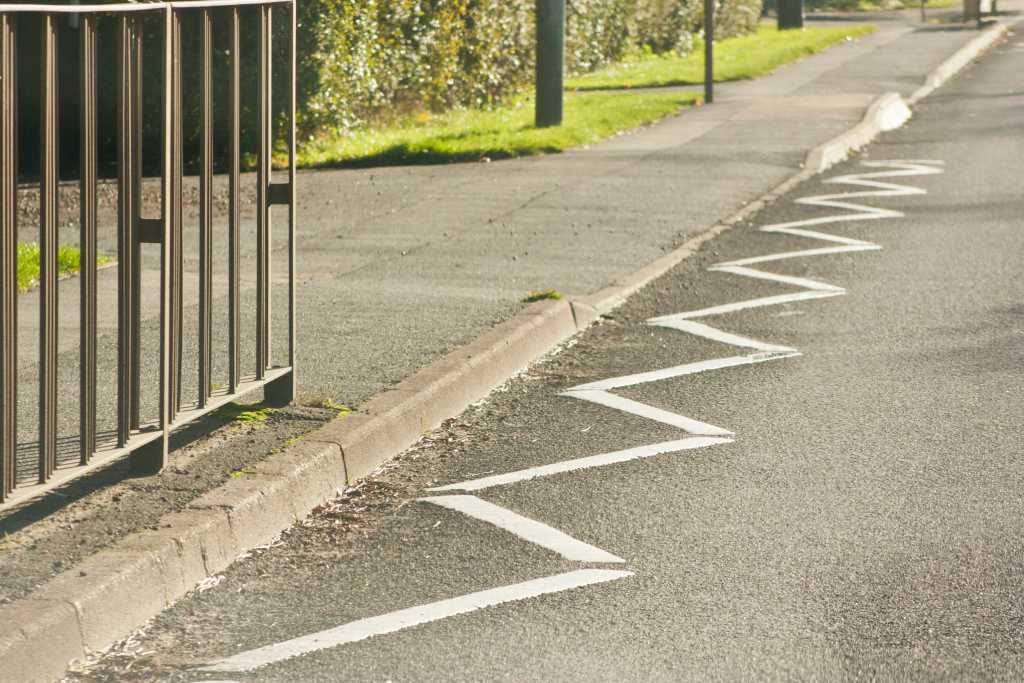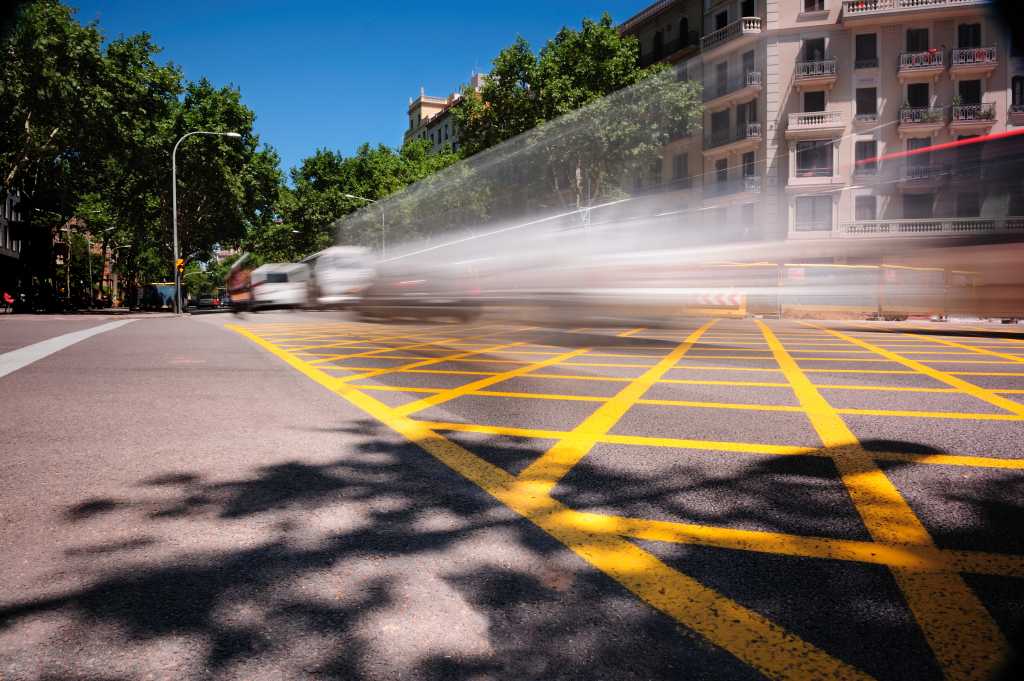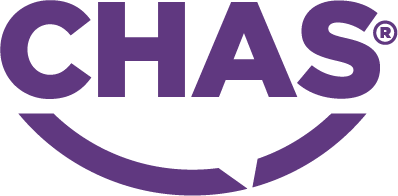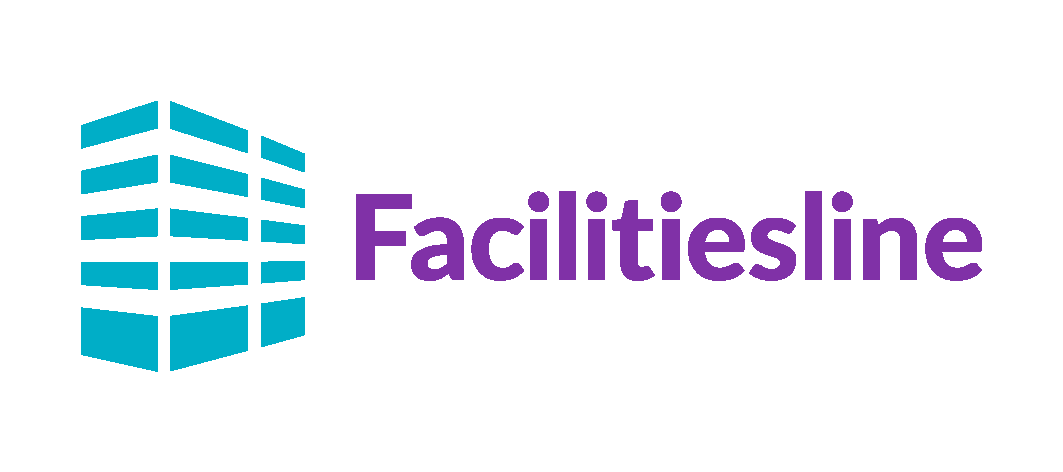Road Markings Explained
Despite encountering them everyday in our vehicles, not everyone knows what the different road markings mean.
They all play a crucial role in our day-to-day lives, so it is vital that we understand them.
Junction road markings explained
A busy junction will contain a number of different markings, the most common of which is give way.
They usually take the form of an upside-down triangle, marked with either brown or red lines.
Found often on the right side of the road, the sign is a warning to other drivers that vehicles will be passing by in front of them. If a vehicle is spotted coming down that road, drivers must give way to the right and let them through.
If there are traffic lights or stop signs present, thick white lines are often present, too.
They are marked across a lane to alert drivers that they must stop if the red light is illuminated.
All forms of vehicle must come to a stop before hitting the lines – failing to do this is an offence.
Some stop lights have a cyclist-only lane with its own individual set of stop lights, the same rules apply here.
Some busy junctions take the form of box junctions. These are marked by a yellow cross-grid.
You must not enter the grid unless there is enough space for you to fully pass through, you may also enter the box junction if you are turning right but you have been blocked by oncoming traffic.
Zigzag line road markings explained
White zigzags are commonly found either side of pedestrian crossings.
They are designed to indicate that parking and overtaking in these zones is strictly prohibited.
The same rule applies to yellow zigzag lines, which are found outside of schools, hospitals, police and fire stations.
Their purpose is to provide pedestrians, children and staff a clear, unobstructed view of the road in front of them.
Yellow lines are found near some curbs, often near residential areas. Their job is to restrict parking. Single yellow lines allow parking at certain times.
While not strictly zigzags, yellow or white diagonal stripes on the road surface are often used to warn drivers of upcoming hazards, such as bends, junctions or pedestrian crossings. Paying attention to these markings helps drivers anticipate changes in the road layout.

Carriageway road markings explained
Single carriageways often separate lanes of traffic with central broken white lines.
Gaps between the lines may shorten to warn drivers of incoming hazards.
Shortened white lines will be used if both lanes of traffic are travelling in the same direction.
Double white lines can be used to help manage traffic flow. They will either appear with one solid line and one broken line, or two solid lines. With these sorts of lines, the following rules apply:
- If the nearest line to you is broken, Rule 128 of the Highway Code states that you are allowed to cross these lines to overtake someone if you are certain that it’s safe to do so.
- If the nearest line to you is solid, Rule 129 of the Highway Code states that you should not cross or straddle these lines unless you: 1) need to enter an adjoining premise or side road, or 2) need to pass a stationary vehicle, or overtake a cyclist or horse.
- If both lines are solid, you should not cross over these lines at all unless extreme circumstances dictate that you have to. If both lines are solid, you can presume that visibility is very poor on these roads and overtaking would be too dangerous.
You will also find some carriageways where central double white lines contain white diagonal stripes running down the centre.
These chunkier marked areas are to create a more clear distinction between separate lanes of traffic, and also to provide better protection to any traffic that’s turning right.
According to Rule 130 of the Highway Code, if the area is bordered by a white line that’s broken you shouldn’t enter, unless of course it’s absolutely necessary and you know that it’s safe to do so.
If the area is marked by chevrons with solid white lines bordering them, you know that you should never enter this area unless it’s an emergency.
EDGE ROAD MARKING EXPLAINED
Markings that mark the edge of a carriageway are white in colour and are unbroken.
These markings are used to tell drivers where the carriageway ends and not to stray past this line.
These sorts of road markings are often ribbed (created intentionally with bumps) so that, when a driver passes over them, their car judders and makes a loud noise, alerting them to the fact that they have strayed off the carriageway.
Single yellow lines can often be found on the edges of roads in cities and towns.
These lines mean that you cannot wait on that section of the road in the timeframes outlined on signs close by. If you cannot find any signs, you can presume that this rule applies at all times, including Sundays and bank holidays.
Double yellow lines mean that waiting or parking on this road is not allowed at any time, so if you notice these, it’s best to simply move on and find somewhere else to wait/park.
If you see double yellow lines painted on the kerb itself, this means that loading is never allowed.
Usually, you will also see a sign nearby saying something like “no loading at any time”.
However, if you’re just stopping to drop off or pick up passengers, this is OK. You will normally find these double kerb lines on busy city centre roads.
You can also find single yellow kerb lines which indicate that loading is heavily restricted in the area, but not entirely prohibited.
For more information, look for nearby signs that might indicate exactly when and where loading is allowed in the area.
PARKING ROAD MARKINGS EXPLAINED
On roads in towns and cities, you will often see white bay markings on the side of the road.
These are broken lines that form rectangles in which cars are allowed to park. Look for nearby signs in order to find out when and for how long you are allowed to park in these zones.
Reserved parking spaces for individuals with disabilities are marked with blue paint and the international symbol of access. It is illegal to park in these spaces without the appropriate permit, and doing so can result in fines.
Sometimes, you will see a parking bay with broken lines that has the words “loading only” written within.
Stopping and parking in these bays is usually limited to goods vehicles and the like, so it’s best to check any nearby signs before you park to gather more information.
On roadsides in towns and cities, you will also find a broken yellow line encasing the word “BUS STOP” in large letters.
This, of course, indicates that you should stay clear of this area to let buses stop.
Similarly, you will also find that some edge lanes are labelled “BUS LANE”, meaning that only buses (and occasionally other vehicles such as taxis) can travel in them.
ROUNDABOUT ROAD MARKINGS EXPLAINED
As you lead up to a roundabout, you can expect to find a broken white line that separates the carriageway from the roundabout itself.
This indicates that you should give way to traffic on your right.
On mini roundabouts, you will also find a broken white line that separates your lane from the roundabout, however these lines tend to be a lot thicker – the same rule applies though: give way to traffic on your right.

CYCLE LANE MARKINGS EXPLAINED
Cycle lanes are marked by a solid white line and a bicycle symbol. Motorists and pedestrians alike should avoid entering these lanes, and cyclists should stay within them for their safety. Some cycle lanes are accompanied by dashed lines, indicating areas where vehicles can cross the cycle lane when turning.
In some urban areas, cycle lanes may feature advanced stop lines at traffic lights. These are marked with a solid white line and a bicycle symbol. Cyclists are allowed to move ahead of other traffic during a red light, providing them with a head start when the light turns green. Motorists shouldn’t be crossing the solid line and encroaching into the ASL.
Cycle lanes may also be part of shared use paths, where pedestrians and cyclists share the same space. In such cases, the road markings and signage often indicate that pedestrians should be aware of cyclists, and both should be cautious.
CHEVRON MARKINGS EXPLAINED
Chevron markings, often seen on motorways or high-speed roads, indicate areas where drivers should maintain a safe following distance. These arrow-shaped markings help prevent tailgating and reduce the risk of collisions. Observing the chevron markings contributes to smoother traffic flow and a safer driving experience for all motorists.
On motorways, chevron markings are sometimes used to highlight emergency refuge areas (ERAs). These areas provide a safe area for motorists in case of breakdowns or emergencies. It is crucial for drivers to be aware of these markings and use ERAs appropriately.
Chevron markings may also be accompanied by advisory speed limits on certain bends or stretches of the road. These suggested speeds are intended to enhance safety, particularly in areas prone to reduced visibility or challenging driving conditions.
SPEED LIMIT MARKINGS EXPLAINED
Roads may have markings indicating changes in the speed limit. These can include circular signs with numbers inside, and the corresponding road markings help drivers easily identify the beginning and end of speed limit zones, especially if roadside signs have been missed or are difficult to see.
Speed limit markings are often used to indicate reduced speed zones near schools or residential areas. Drivers should be identifying these markings and adjust their speed accordingly to ensure the safety of pedestrians and residents.
CONSTRUCTION ZONES EXPLAINED
When entering a construction zone, specific road markings may be present to guide drivers and ensure safety. These can include temporary lane markings, reduced speed limits, and caution signs. Given that construction zones aren’t a permanent fixture, it’s unlikely that the markings used will be like the thermoplastic markings used on normal roads.
Construction zones often feature specific markings to warn drivers of potential hazards such as uneven road surfaces, temporary barriers or changes in road alignment.
As an independent, local council-approved road marking contractor, you can put your faith in Northern Marking to carry out any line marking project to the highest standard, no matter how big or small the project might be.
With 12 years of experience in the industry, you can expect a quick turnaround, a superb level of aftercare and high-quality products.
Northern Marking is based in Manchester, but provides services to clients in the following areas; Huddersfield, Blackburn, Rochdale, Preston and beyond. Northern Marking is a leading road marking company, providing the following services; line marking, school & playground markings, warehouse markings, electric car parking space marking, line removal, white lining and car park markings.
For more information, get in touch today.





















